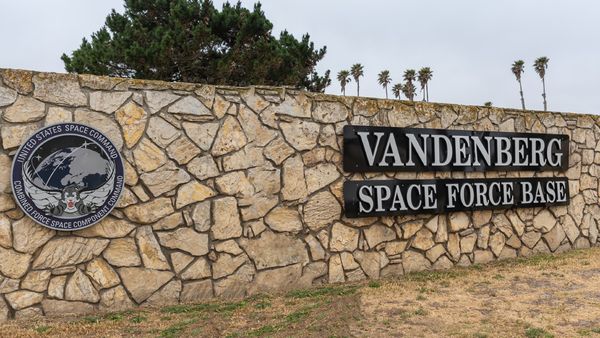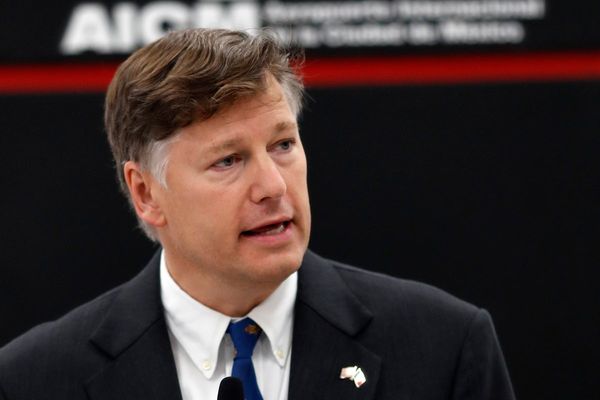When it comes to beautiful buildings in Nottingham, the work of Watson Fothergill is definitely some of the most distinctive. If you don't know the name, then you will definitely know the buildings which are dotted around Nottingham.
Watson Fothergill is one of the best-known Victorian architects and he was born in Mansfield on July 12, 1892. He left school at fifteen before going to work for Frederick Jackson, Civil Engineer, Architect and Surveyor where he started to learn about architecture.
Read more: Michelin star chef opens new Nottingham restaurant with 'the best fried chicken'
He established his own architectural practice on Clinton Street in 1864 before going on to design his first building in the city centre. Fothergill won a competition to design the Albert Hall on Derby Road which opened in September 1876 although it burned down in 1906.
Fothergill went on to design houses, shops, warehouses, pubs, banks and many more buildings over the next twenty years. Although there are several buildings that are considered his most impressive works such as the Nottingham Express building on Parliament Street and what is now the Pakistan Centre on Woodthorpe Road.
You can recognise his distinctive builds due to their gothic style, red and blue bricks, stone and black timber used for eaves and balconies. Fothergill died in 1928 following a struggle with ill health after a fall at the age of 87.
Here are some of his most well-known buildings in Nottingham
The Rose of England Pub
Mansfield Road
The Rose of England pub is a great example of Fothergill's flamboyant style. You can grab a pint while examining the beautiful architecture. It was designed by Fothergill in 1898 and is now a grade-two listed building.
The building has a mix of false balustrades, wooden struts, red brick and also a carved wooden Tudor rose on the porch. It had many names over the decades including The Yorker but reverted back to the original name, Rose of England in 2003.
The pub also has a cellar made from rock which is part of the cave system that runs underneath the city.
Queen's Chambers
Market Square
The Queen's Chambers can be found on Market Square over the top of one of the White Rose buildings near the council house. The building has been converted into flats but kept as close to the original design as it possibly could be despite a £500,000 refurbishment in 1993.
The building was designed in 1897 to commemorate Queen Victoria's 60th Jubilee with a bust of the queen added to the chimney. It was built for Edward Skipwith, a wine merchant who had a shop on Long Row as he retired. The building had four shops complete with offices above.

The Pakistani Community Centre
Woodborough Road
The Pakistani Community Centre was also designed by Watson Fothergill in 1893 although it was originally a church and school. The building features an unusual octagonal tower on the corner, a small saddleback roof and bed-end finials which can be spotted above the nearby terraced houses.
There are carved stones which commemorate the original founders of the church. When the memorial stones were laid, there was a bottle placed inside that contained a copy of the Nottingham newspapers, Baptist publications and also statements from those involved with the construction such as members of the church and teachers.
The building has typical Fothergill features such as polychrome brickwork, stone dressings, and leaded glass with the tower ending up being over 100ft tall. It was once part of a busy residential street at that time and thankfully survived the demolition of St. Ann's in the 1960s and 1970s.

The Watson Fothergill offices
George Street
Fothergill also designed his own offices which can still be found on George Street today. The building is made of red brick in the Gothic revival style and was built in 1894. It has his usual design touches of oriel windows and towers with windows that are decorated with coloured brick and stones.
There are beautiful carvings and ornate sunflower tiles inside the building along with stunning stained glass windows. The building was his second in Nottingham after he moved out of the Clinton street office due to the railway works.
Out of the back of the building, which is now thought to be private residential and office spaces, is Brewit's Yard which is one of the last remaining examples of back-to-back cottages from the early 1800s in the city centre.
The Nottingham Express building
Parliament Street
The Nottingham Express office on Upper Parliament street was designed and completed in 1876 with a further extension in 1899. The building originally had three floors which had a fourth added as part of the extension.
The decorative building has an elaborate doorway with three heads representing liberal statesmen Richard Cobden, William Gladstone and John Bright above it. Inside the entrance are tiles that show Queen Victoria, Prince Albert, Lord Palmerston and John Russell.
The newspaper existed from 1860 until 1918 but became the Nottingham Journal and Express after that until 1953. The inside decoration of the building includes a plaque that commemorates novelist Graham Greene's time spent working on the paper in November 1925 as a trainee sub-editor.

Honourable mention:
The Black Boy Hotel
Okay, so you can't exactly visit The Black Boy Hotel which was once on Long Row in the city centre as it was knocked down in 1969. However, it is one of the best examples of Fothergill's unusual style and plenty of photos exist of what was once a beautiful building.
Fothergill extended the hotel and began redesigning the building in 1878 creating a centre tower with stone lions at the base. A statue of Samuel Brunts was added over the front entrance of the hotel which also had an American bar, gentleman's only bar, writing room and hairdressing salon.
Read more:
- Hidden underground Nottingham shop opens with a unique theme
- Nottingham Forest notebook: Trio return, special connection, deal signed and a meeting to watch for
- Tributes to 'heart of gold' Nottingham dad who collapsed in street
- Nottingham tram operator looking at specialist equipment to recover cars stranded on tracks
- I tried battered Christmas treats at Nottingham chippy and found it refreshingly festive







